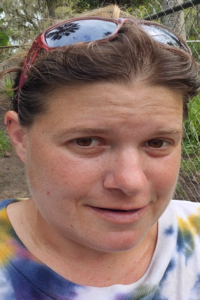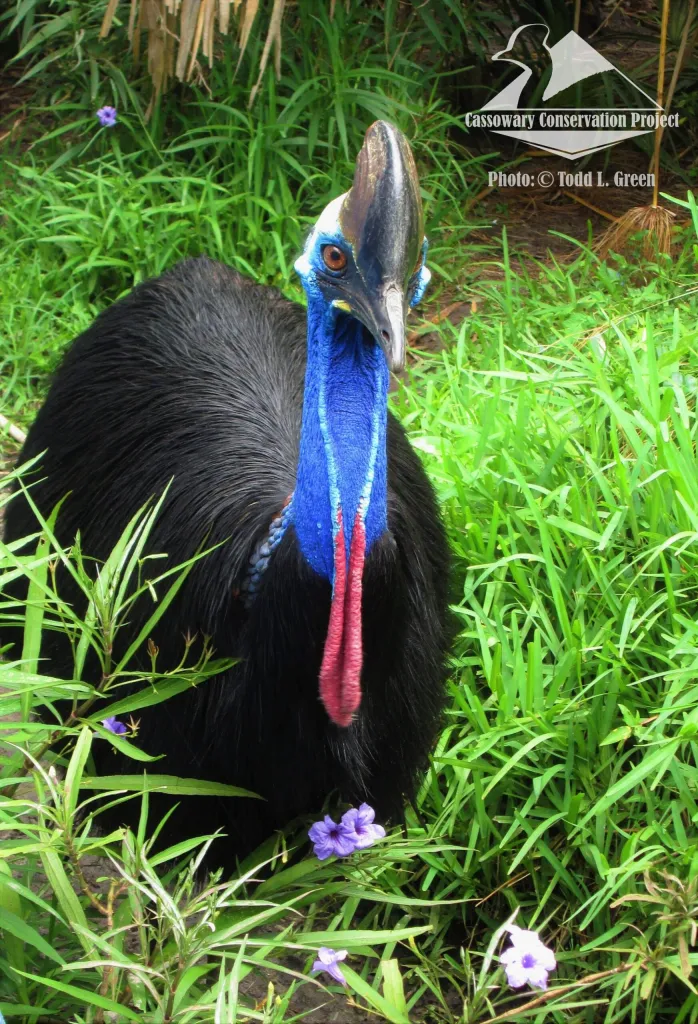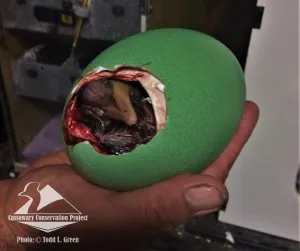OUR MISSION STATEMENT
CCNA is dedicated to the education and conservation of cassowaries, a species facing significant threats in the wild. Our Mission is to increase awareness of the need for cassowary conservation, enhance educational outreach, and contribute to global cassowary conservation efforts.
OUR VISION STATEMENT
We strive to achieve our mission by:
* Facilitating scientific research through the study of cassowaries and other ratites at our facility.
* Donating available specimens to support scientific research.
* Raising awareness and knowledge about the species and the need for global conservation.
* Providing progeny to zoos and other educational institutions to promote cassowary conservation education.
* Participating and contributing to global conservation efforts
* Operating as a ratite rescue, making every effort to take in cassowaries and other ratites in need of placement within the US.

President
Jessica Carroll
“The Cassowary Queen”

Vice President
Tiffany Lantier

Secretary
Claudia Chatterton

Cassowary Biologist & Research Director
Dr. Todd Green

The southern cassowary (also called double-wattled cassowary) is a large, flightless bird species native to rainforests of Australia and New Guinea. Cassowaries feed almost exclusively upon a large variety of fruits. As they move through their wide territories, cassowaries disperse seeds, making them vitally important to the regrowth of their tropical ecosystem. The population of southern cassowaries on the Australian mainland may only consist of fewer than 1,500 birds based on recent estimates. Threats to wild cassowaries include habitat fragmentation and degradation, vehicle strikes and roadways, dog attacks, forest damage by feral pigs, and natural disasters (such as cyclones). Conservation efforts to save cassowaries have been instituted in Australia, though there are other parts of Oceania in which cassowaries need additional support. Cassowaries are difficult to study in the wild because they live in dense rainforests, are generally solitary, and are prone to territorial aggression. Therefore, we still know relatively little about cassowary biology.
[doublethedonation]
Although we are located on the opposite side of the planet from where cassowaries are native, we aim do our part to conserve cassowaries through education and scientific investigation. We raise and breed cassowaries, particularly for zoological institutions throughout the world. We believe cassowaries should not be taken from the wild (in the few places in which this is still permitted). Instead, our goal is to maintain a captive population of cassowaries in the United States to supply zoological institutions. Cassowaries in these facilities play important roles as educational ambassadors to expose the general public to critical conservation issues.



We have gained extensive knowledge on cassowary reproduction and husbandry. The subtropical climate in Florida is an excellent analog to the conditions cassowaries experience in the wild.
This, and carefully-considered diets have led to tremendous breeding successes. We work tirelessly to maintain numerous, unrelated pairs of breeding adults. In addition, we also collaborate on non-invasive, scientific studies regarding cassowary anatomy, physiology, and reproduction.

Cassowary Feet are the most dangerous part of the animal and considered to be some of, if not the most dangerous feet in the world!
As you can see, the inner toes are long and slender, shaped like knives, and cassowary kick is its primary method of attack.
A kick from this apex predator could very well mean a loss of life by whoever or whatever is on the receiving end!